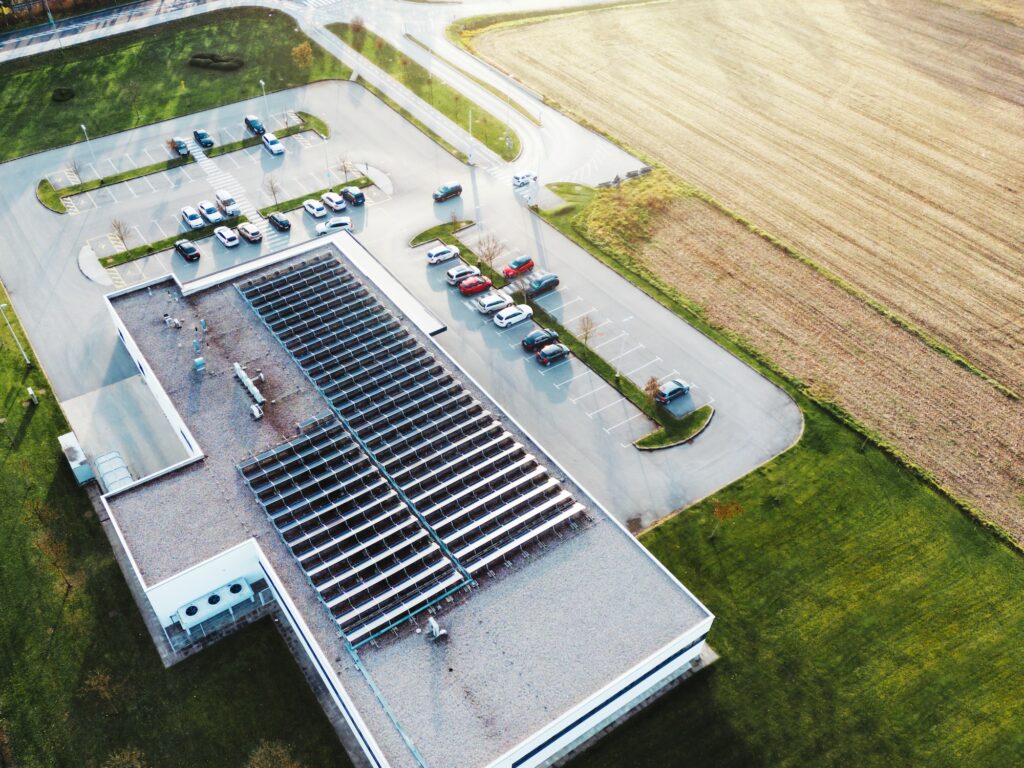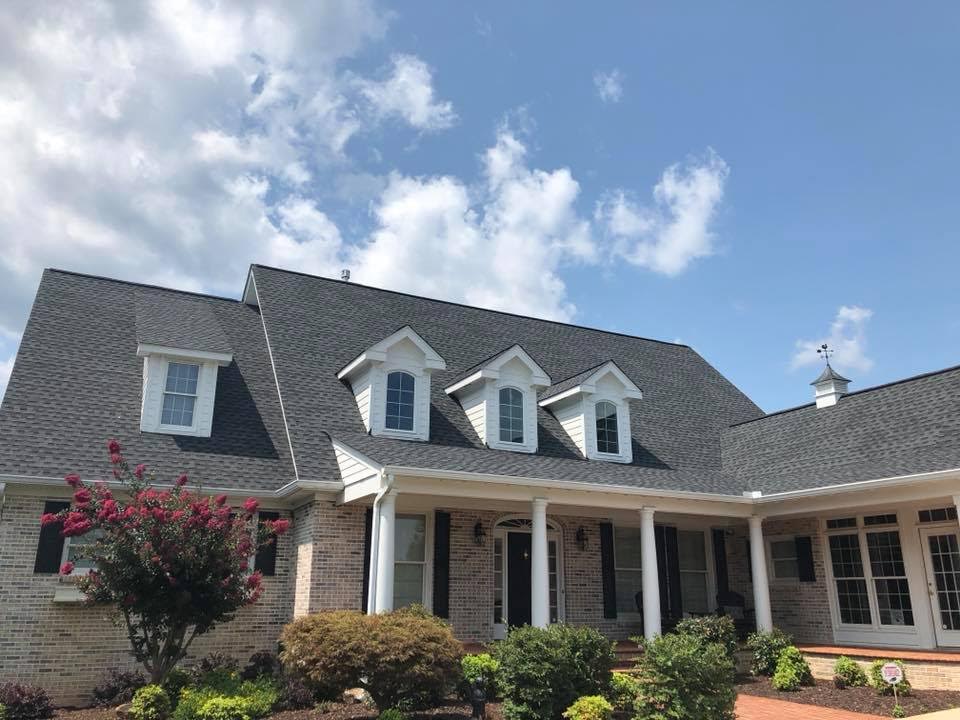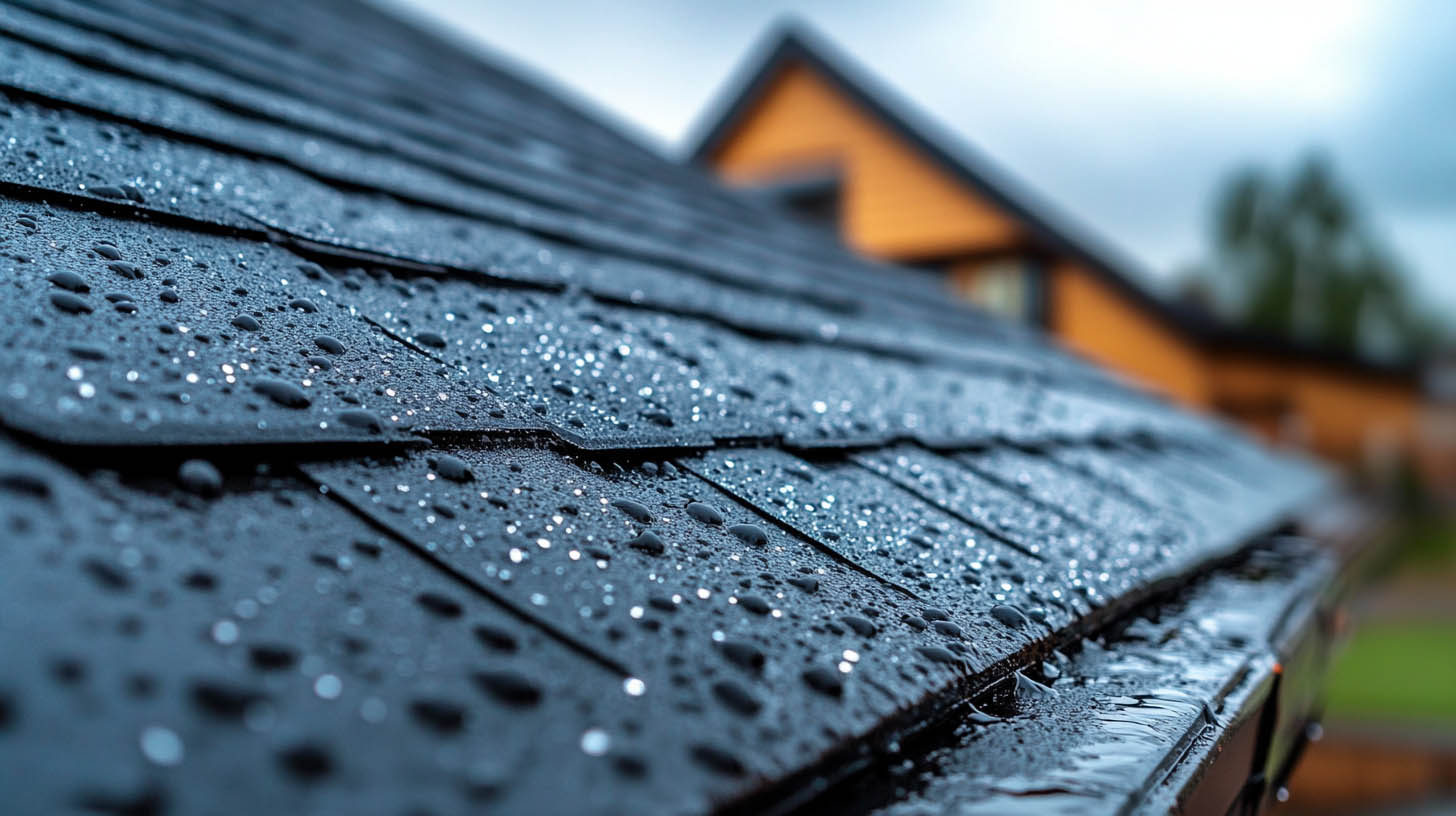Managing hospital maintenance involves many critical tasks, from ensuring the smooth flow of emergency vehicles to maintaining the functionality of complex medical equipment. Amidst this, it’s easy to overlook the importance of maintaining the hospital roof, which protects the entire facility. Proper roof maintenance is crucial, especially in areas prone to severe weather. Here’s what hospital administrators need to know about essential roof repairs.
United Contracting & Roofing LLC in Greenville, SC, emphasizes the importance of regular roof inspections and timely repairs to maintain the integrity and safety of hospital roofs.
Inspections Are Key
Regular roof inspections by a professional commercial roofing company are vital for identifying and addressing potential issues early. Conduct these inspections once or twice a year and look for the following problems:
- Cracks Around Skylights: Cracks can lead to leaks and further structural damage.
- Inflation or Punctures in the Roof Membrane: These can compromise the roof’s ability to protect the building.
- Debris in Gutters and on the Roof: Dirt, plant growth, or trash can block drainage systems and cause water buildup.
- Rifts in Caulking Around HVAC Units, Skylights, and Antennae: These gaps can lead to water ingress and damage.
- Flashing Without Screws or Nails: Improperly secured flashing can lead to leaks and structural issues.
- Missing Shingles: Missing shingles expose the roof to the elements, leading to further damage.
Additionally, inspect the interior of the roof space, focusing on:
- Water Stains on Ceilings, Walls, and Window Frames: Signs of leaks that need immediate attention.
- Bulging Walls: Indicating water exposure and potential structural damage.
- Cracked or Rusted Joists: Compromised structural components that require repair.
Proactively schedule roof inspections, especially before winter and after significant storms, to catch and address issues early.
Repairs Are Cheaper Than Replacements
Hospital roofs typically need replacement every 30 years, which is a costly process. Regular maintenance and timely repairs can extend the roof’s lifespan and prevent premature replacement. Follow through on the inspector’s recommendations, which may include:
- Replacing Shingles on Awnings or Entryways: Preventing water ingress and further damage.
- Cleaning or Replacing Gutters: Ensuring proper drainage and preventing water buildup.
- Fixing Structural Components: Addressing issues with joists and other critical parts.
- Replacing Wall Caps: Preventing water damage to walls and interiors.
- Recaulking Gaps: Ensuring a watertight seal around skylights, HVAC units, and antennae.
These repairs, though seemingly minor, can save significant costs and disruptions by avoiding the need for an early roof replacement.
Hospitals Pose Particular Challenges
Hospitals have unique architectural and operational challenges that make roof maintenance particularly critical. Common issues include:
- Angled Concrete Foundations: Many hospital roofs rely on angled concrete below the metal deck for drainage. However, concrete can absorb water over time, leading to leaks once it becomes saturated.
- Sensitive Occupants: Patients in hospitals often have weakened immune systems, making it imperative to prevent mold and other health hazards caused by roof leaks.
Regular inspections, focusing on areas around the metal deck and addressing issues promptly, are crucial for preventing leaks and potential health hazards.
Keep Your Hospital Safe with Professional Maintenance
Maintaining a hospital roof requires diligence and expertise. Regular inspections and timely repairs by professionals like United Contracting & Roofing LLC ensure the roof remains in optimal condition, protecting the facility and its occupants.
Conclusion
Hospital roof maintenance is essential for ensuring the safety and functionality of the facility. Regular inspections and prompt repairs can prevent costly replacements and health hazards. By partnering with experienced professionals, hospital administrators can maintain their roofs effectively, ensuring a safe environment for patients and staff.If you want to know more about Optimal Timing for Replacing Your Commercial Roof, click here.








